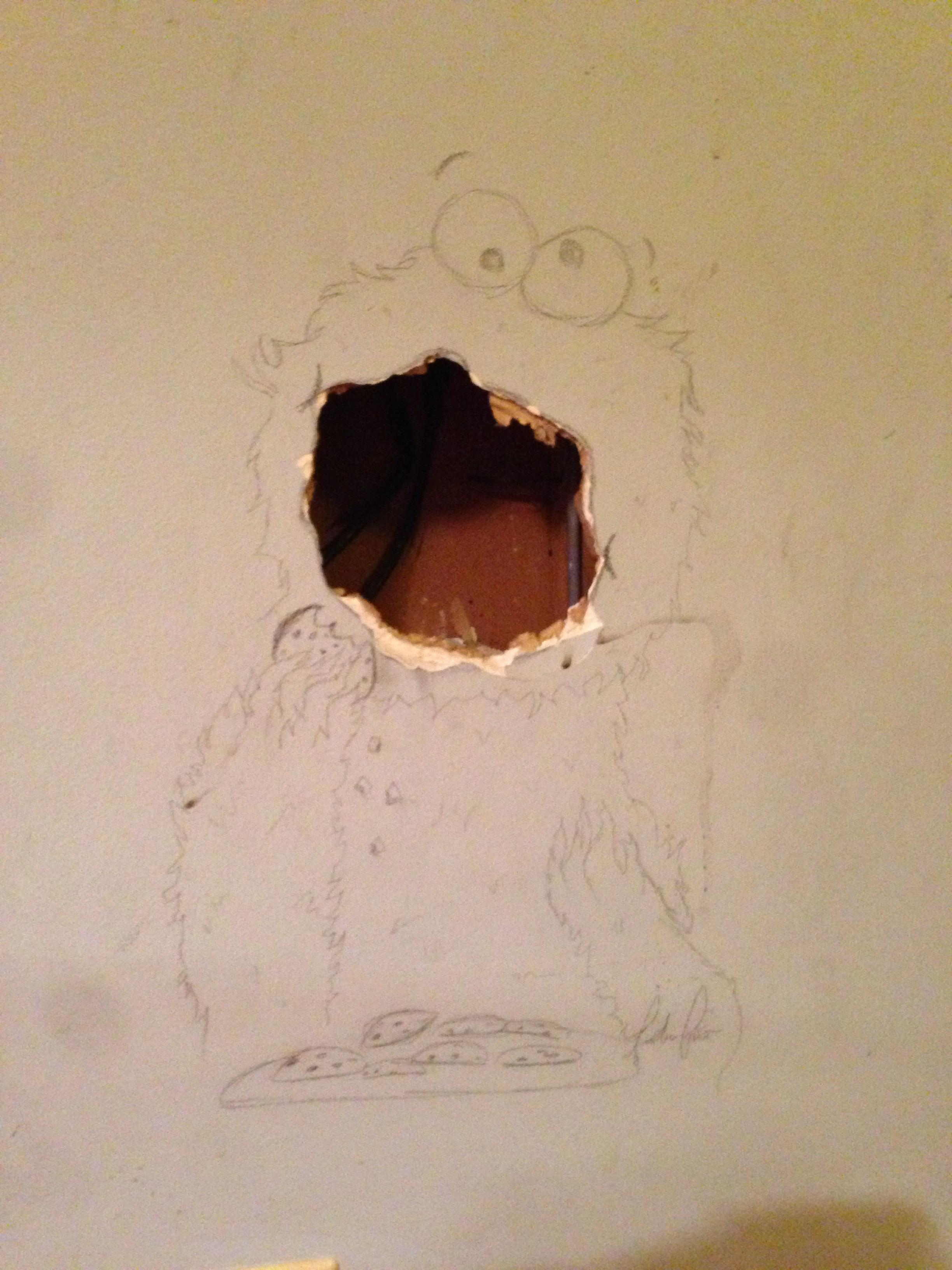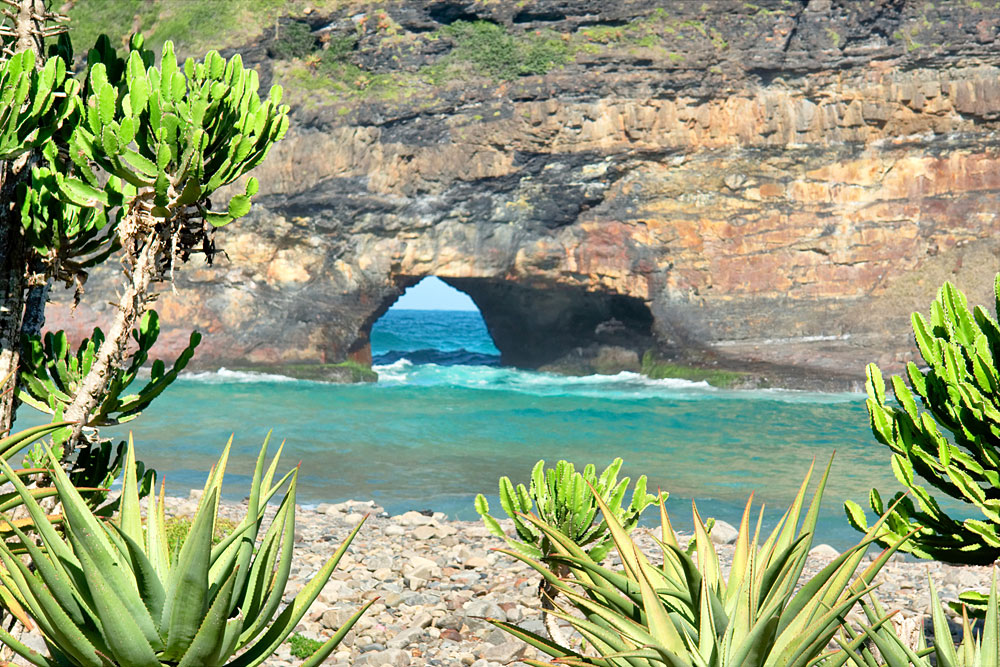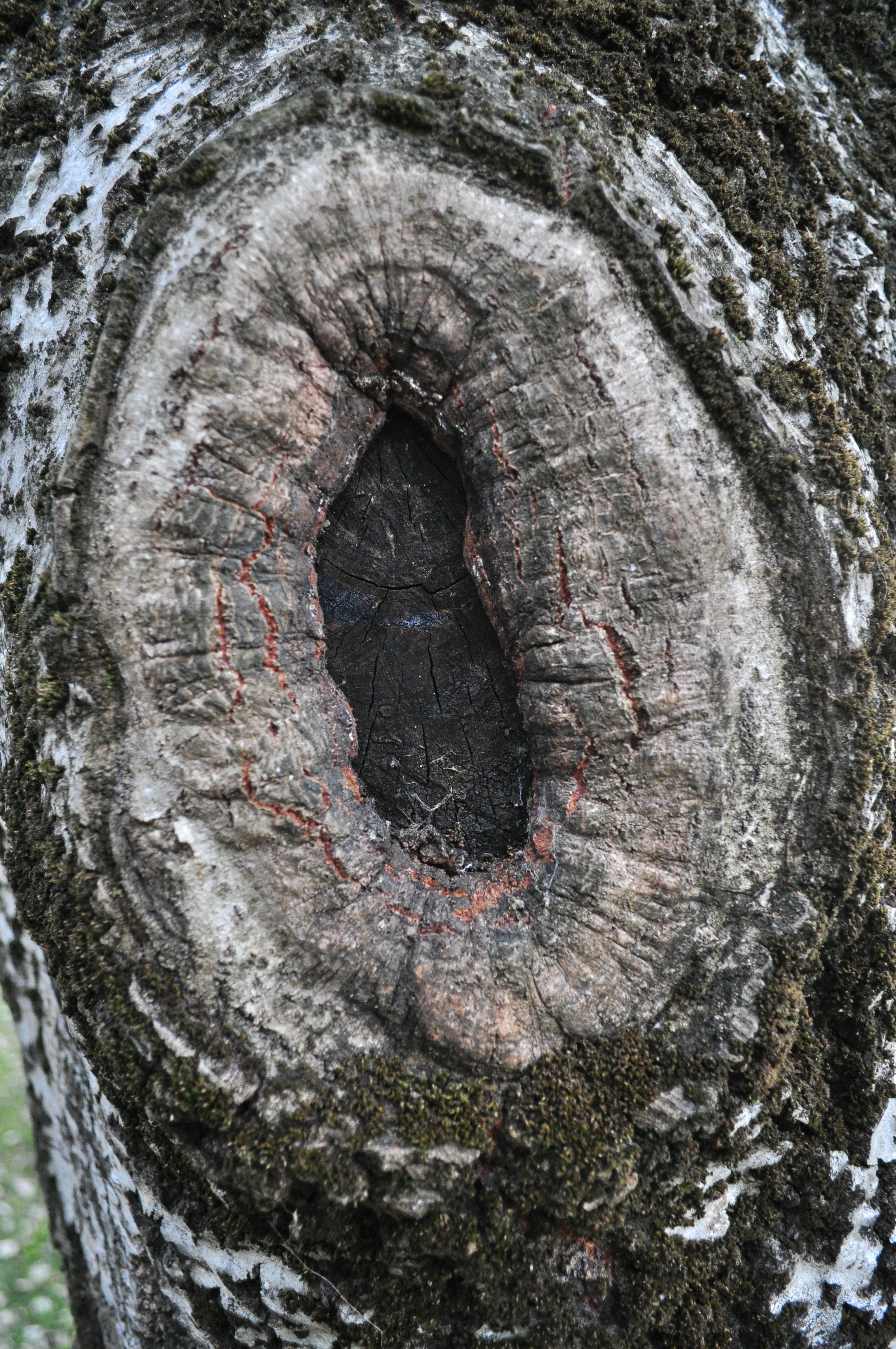

What assumptions do I make about ‘normal’ family life, what this might look like and how it is expressed, about who looks after children and the context for this? How are these assumptions linked to my own upbringing, my own culture, my own practice? What do I think I understand about family life in other cultures or communities, and about how this might impact attachment, behaviour expectations or discipline? Which communities do I automatically assume are like my own and which different? Can I assume people understand what I mean when I use language and terminology particular to my experience? Not at all! Please bear with me to the end. When I reread this through I realised there was a danger that it gives the wrong impression – that I am questioning the existence of child to parent violence and abuse. Recent news coverage of the R Kelly trial, of the apparent differential response to black and Asian women experiencing violence and abuse, and the petition by Sistah Space calling for mandatory specialist training for all police and government agencies supporting black women and girls affected by domestic abuse as well as attending webinars organised by Hope Training, have encouraged me to ask myself questions about assumptions I make on a day to day basis, and to look again at the narrative around child to parent violence and abuse and the responses we offer. But how do we interpret this sort of information, and what conclusions do we draw? What do assertions and data such as these really tell us about what is going on? What assumptions underlie the work we do? Simmons et al suggest that this is a phenomenon of industrialised nations wherever they are. Amanda Holt references work from both north and south America, Europe, Australia, South Africa, Iran, India, and Sri Lanka and of course we have research too from New Zealand, Japan and Egypt. When I was studying the issue in 2005, I came across stories from Saudi Arabia, China, Singapore, Malta, and Nepal.

For many years now, children and young people’s violence and abuse towards their parents has been documented right around the world, whether through research or via media reporting.

And yet, in Britain, we see Afro-Caribbean young people over-represented in the police statistics when the figures are broken down.

In early research it was reported ( Charles) that child to parent violence (CPV) was an issue more likely to be found in white families, as black or Hispanic parenting practice was considered to offer greater protection through a more rigid and traditional style.


 0 kommentar(er)
0 kommentar(er)
